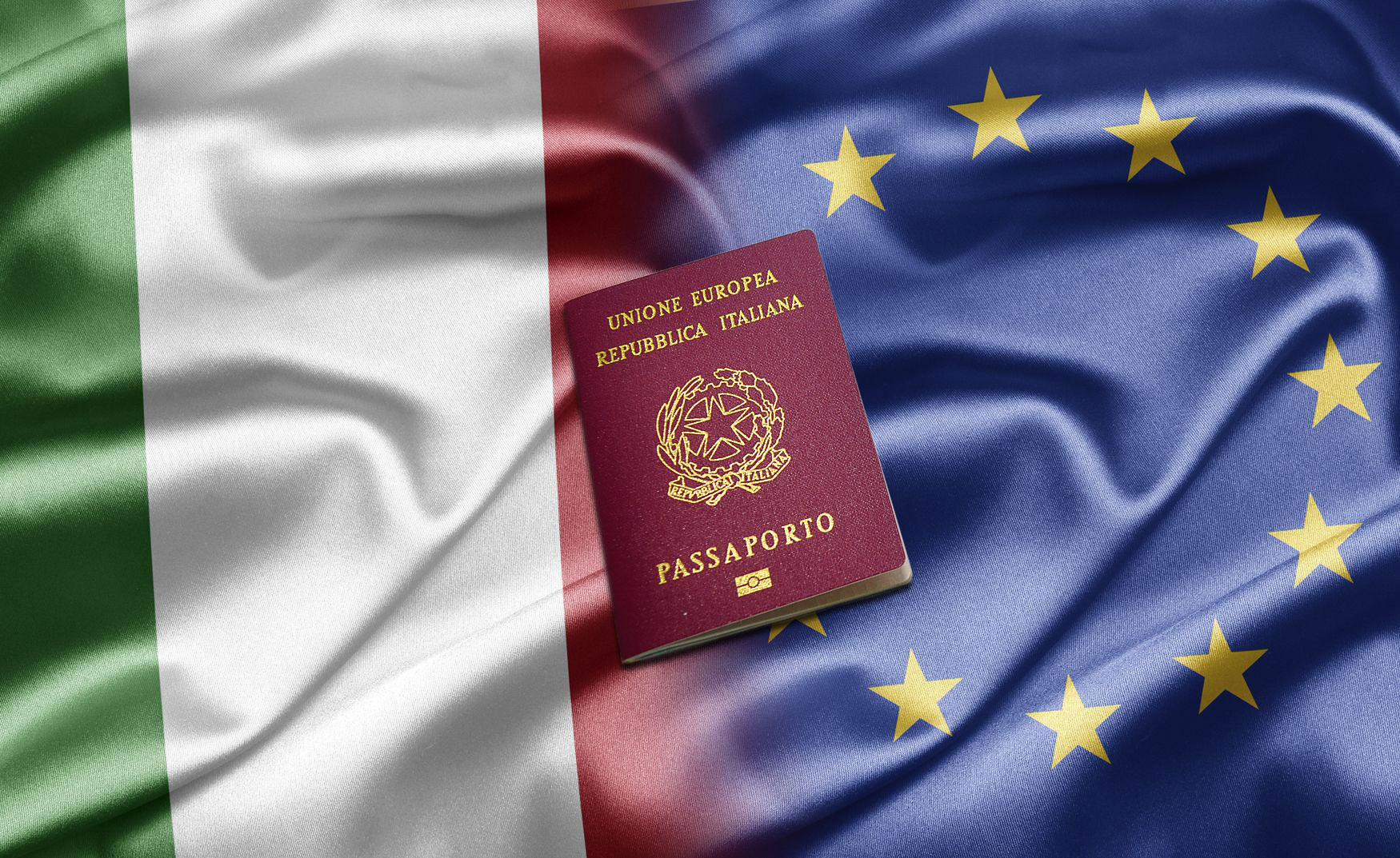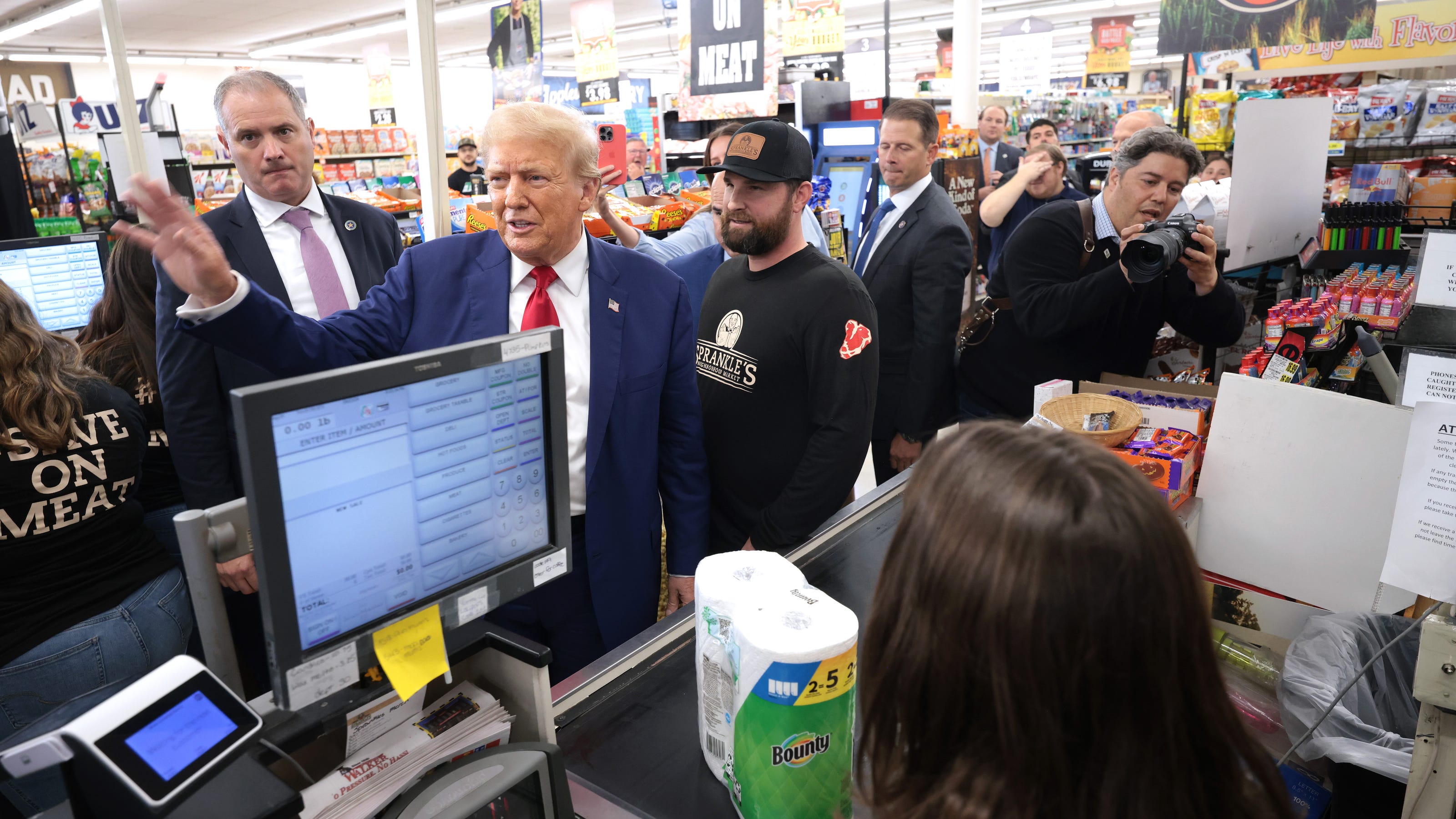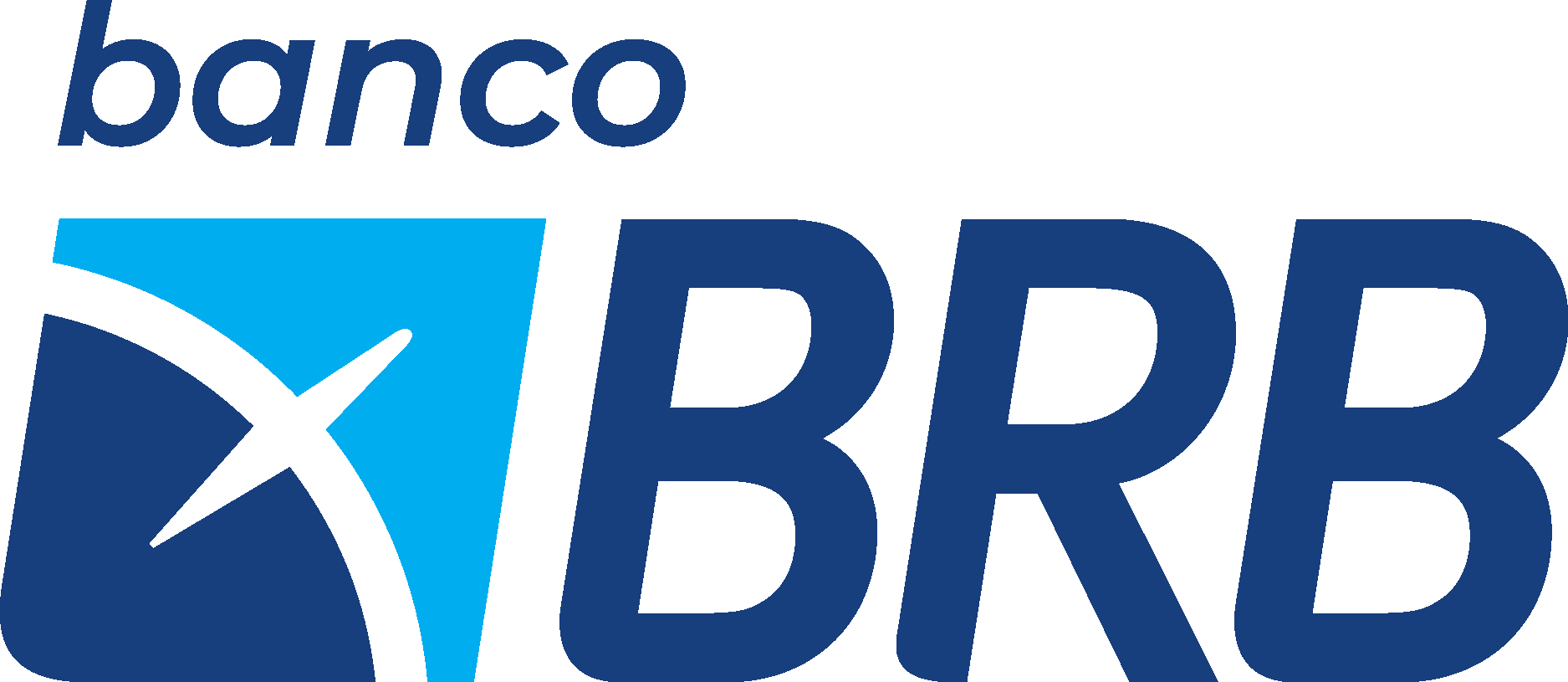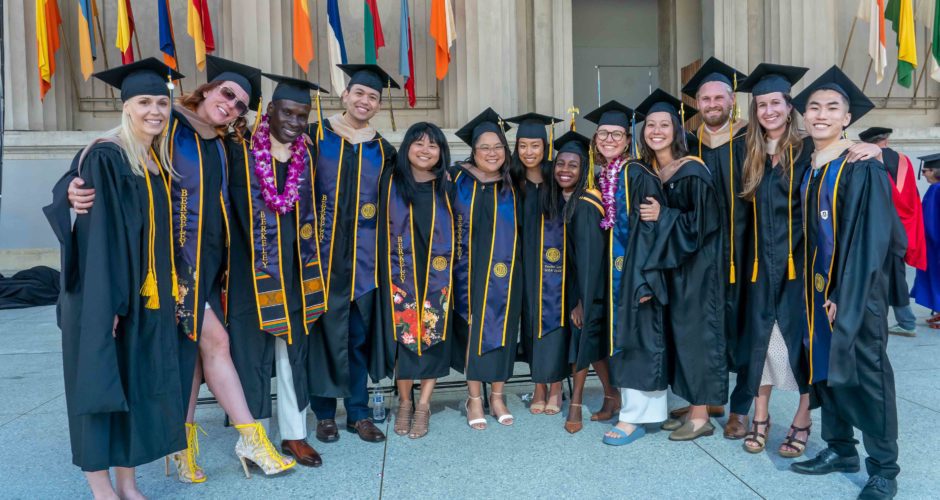Funding Cuts And The Future Of Museum Programs: A Post-Trump Perspective

Table of Contents
Decreased Federal Funding and its Ripple Effect
The Trump administration's policies resulted in significant decreases in federal funding for the arts and humanities, a trend that continues to impact museum programs. These cuts went beyond simple budget reductions; they represented a shift in priorities that deeply affected museums' ability to fulfill their core missions. This reduction in federal support triggered a ripple effect, impacting various aspects of museum operations:
-
Reduced Grant Funding: Museums, particularly smaller institutions and those in underserved communities, rely heavily on federal grants for crucial programs. The reduction in these grants led to:
- Fewer traveling exhibitions, limiting access to art and culture in smaller towns and cities.
- Decreased funding for educational outreach programs, reducing opportunities for school children and underserved communities.
- Cutbacks in crucial preservation initiatives, endangering irreplaceable artifacts and collections.
-
Staffing Reductions: Faced with reduced budgets, many museums were forced to implement layoffs and hiring freezes, impacting their capacity to deliver high-quality programs and maintain their collections. This loss of expertise further jeopardizes long-term sustainability.
-
Operational Budget Constraints: The impact extended beyond specific programs; museums experienced broader operational budget constraints, affecting everything from building maintenance to security systems, potentially compromising the safety and preservation of artifacts.
The Rise of Private Funding and its Limitations
In response to decreased federal funding, museums have increasingly relied on private donations, corporate sponsorships, and philanthropic support to maintain their operations. While private funding can be crucial, it presents both advantages and limitations:
Advantages:
- Targeted Funding: Private donors often offer funding for specific projects or programs, allowing museums to address immediate needs.
- Increased Community Engagement: Private fundraising efforts can foster stronger connections between museums and their local communities.
Disadvantages:
- Uncertain Funding Streams: Private funding can be unpredictable and inconsistent, making long-term planning challenging.
- Donor Influence: Private donors may exert influence over museum programming and decision-making, potentially compromising artistic integrity.
- Administrative Overhead: Securing private funding often involves significant administrative effort, diverting resources from core museum operations.
Examples of this mixed success include:
- Successful Crowdfunding: Some museums have successfully used crowdfunding platforms to fund specific exhibitions or restoration projects, demonstrating the power of community engagement.
- Challenges Securing Consistent Funding: Many museums struggle to secure consistent private funding, leading to financial instability and the inability to invest in long-term projects.
Innovative Strategies for Museum Sustainability
To navigate the challenges of reduced funding, museums are adopting creative strategies to ensure their long-term sustainability. These innovative approaches focus on diversifying revenue streams and building stronger community ties:
- Membership Drives: Museums are expanding membership programs to cultivate loyal supporters and provide consistent revenue streams.
- Online Merchandise Sales: The online realm offers opportunities to sell museum-branded merchandise, creating an additional revenue source.
- Digital Exhibitions: Museums are developing engaging online exhibitions, making their collections accessible to a wider audience and generating potential revenue.
- Partnerships: Collaborations with local businesses, community organizations, and universities can provide funding and create new program opportunities.
These models are showing promise:
- Successful Business Partnerships: Several museums have forged successful partnerships with local businesses, securing sponsorships and creating mutually beneficial marketing opportunities.
- Engaging Online Educational Resources: Museums are creating compelling online educational resources, attracting audiences beyond their physical locations and generating additional income through subscriptions or donations.
- Fundraising Events: Gala dinners, auctions, and other fundraising events are becoming increasingly important in supplementing core funding.
- Advocacy and Lobbying: Museums are actively engaging in advocacy and lobbying efforts to advocate for increased public funding for the arts and cultural institutions.
The Long-Term Impact on Museum Access and Cultural Preservation
The ongoing impact of decreased funding on museums poses significant long-term threats to public access and cultural preservation:
- Decreased Accessibility: Reduced budgets often translate to increased admission fees, limiting access for low-income communities and families.
- Museum Closures: Smaller museums, lacking diverse funding sources, face the risk of closure, resulting in the loss of valuable collections and local cultural heritage.
- Reduced Community Engagement: Funding cuts impact community outreach programs, reducing educational opportunities and limiting the museums’ role in their communities.
These concerns demand immediate attention:
- Preserving Cultural Heritage: The loss of historical artifacts and cultural knowledge due to underfunding constitutes a significant societal loss, jeopardizing the preservation of our shared past for future generations.
- Impact on Education: Reduced museum programming directly impacts educational opportunities, especially for school children who rely on museums for hands-on learning experiences.
Conclusion: Securing the Future of Museum Programs Through Strategic Funding
The challenges faced by museums due to funding cuts are undeniable, threatening their ability to preserve cultural heritage and provide vital educational and community resources. Addressing these funding challenges requires a multifaceted approach. We must advocate for increased government support for the arts, encourage private philanthropy, and champion innovative funding models that ensure the long-term sustainability of museum programs. Learn more about how you can support your local museum and fight for increased funding for museum programs post-Trump. Your engagement is critical to securing the future of our cultural institutions and ensuring access for generations to come. Let's work together to ensure that funding cuts do not dictate the future of our invaluable museum programs.

Featured Posts
-
 Ferraris Inaugural Service Centre In Bengaluru What To Expect
May 24, 2025
Ferraris Inaugural Service Centre In Bengaluru What To Expect
May 24, 2025 -
 Italian Citizenship Law Reform Implications For Great Grandchildren
May 24, 2025
Italian Citizenship Law Reform Implications For Great Grandchildren
May 24, 2025 -
 Apple Stock Sell Off 900 Million Tariff Hit Projected
May 24, 2025
Apple Stock Sell Off 900 Million Tariff Hit Projected
May 24, 2025 -
 End Of Trading Frankfurt Stock Market Experiences Losses
May 24, 2025
End Of Trading Frankfurt Stock Market Experiences Losses
May 24, 2025 -
 Brazils Banking Power Play Brb Challenges Giants After Banco Master Acquisition
May 24, 2025
Brazils Banking Power Play Brb Challenges Giants After Banco Master Acquisition
May 24, 2025
Latest Posts
-
 This Memorial Day Weekend Could See Historically Low Gas Prices
May 24, 2025
This Memorial Day Weekend Could See Historically Low Gas Prices
May 24, 2025 -
 Memorial Day Weekend 2025 Beach Forecast Ocean City Rehoboth And Sandy Point
May 24, 2025
Memorial Day Weekend 2025 Beach Forecast Ocean City Rehoboth And Sandy Point
May 24, 2025 -
 Memorial Day Weekend 2025 Ocean City Rehoboth And Sandy Point Beach Forecast
May 24, 2025
Memorial Day Weekend 2025 Ocean City Rehoboth And Sandy Point Beach Forecast
May 24, 2025 -
 Official Kermit The Frog Confirmed For Umds 2025 Graduation Ceremony
May 24, 2025
Official Kermit The Frog Confirmed For Umds 2025 Graduation Ceremony
May 24, 2025 -
 Hi Ho Kermit University Of Maryland Names Commencement Speaker For 2025
May 24, 2025
Hi Ho Kermit University Of Maryland Names Commencement Speaker For 2025
May 24, 2025
